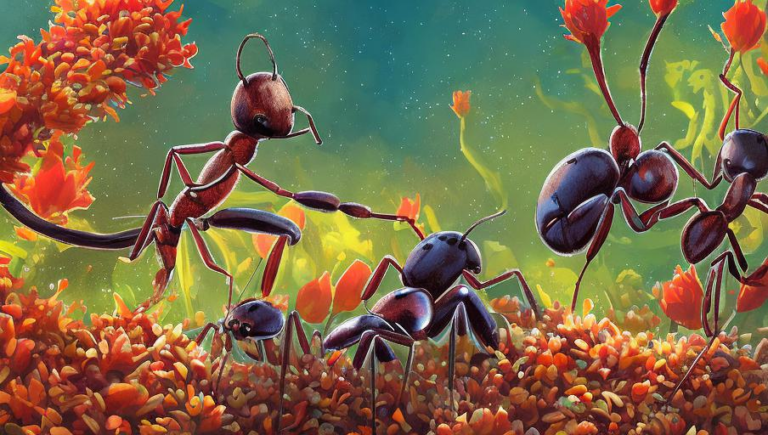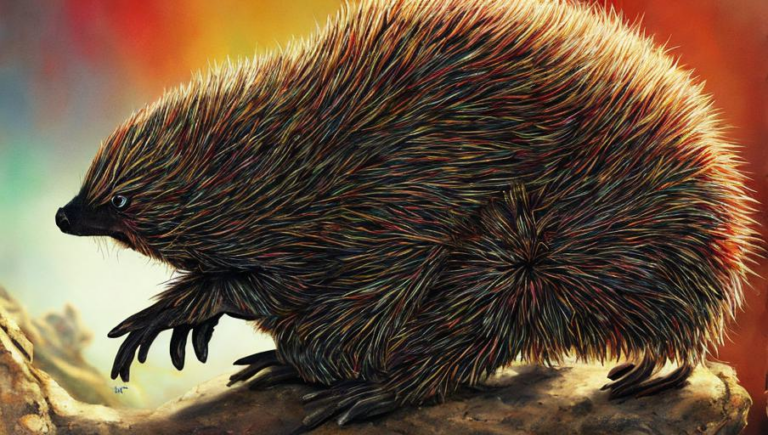Mesmerizing Cormorants: An Exploration of their Behavior

Introduction
Cormorants are one of the most fascinating species of birds, and they inhabit many parts of the world. They are aquatic birds that feed mostly on fish, and have adapted to be able to dive to great depths and stay underwater for extended periods of time. They are also highly social creatures, often traveling in groups and forming large colonies for nesting. Cormorants have many unique behaviors that are worth exploring, and this article will look at some of the most fascinating aspects of their behavior.
Diving
Cormorants have the ability to dive to depths of up to 65 feet and stay underwater for several minutes at a time. They use their webbed feet to propel themselves through the water, and their feathers are specially adapted to help them remain waterproof and reduce drag. Cormorants also have a special air sac in their throat that helps them to hold their breath while they are underwater.
Feeding Habits
Cormorants feed mainly on fish, which they hunt by swimming and diving through the water. They have the ability to spot prey from a distance, and they can swallow larger fish whole. They often hunt in groups, and they use a variety of techniques to catch their prey. In addition to hunting fish, cormorants also feed on crustaceans, mollusks, and other aquatic creatures.
Social Behavior
Cormorants are highly social creatures, forming large colonies for nesting and roosting. They are often seen flying in large flocks, and they often form strong bonds with other members of their flock. During the breeding season, cormorants can become very territorial and will fiercely defend their nests and young from other birds. They often communicate with each other through a variety of vocalizations, and they are also known to perform rituals such as head bobbing and wing stretching when greeting each other.
Adaptations
Cormorants have many remarkable adaptations that help them to thrive in their aquatic environment. They have strong, webbed feet that help them to swim, and their feathers are specially adapted to help them remain waterproof and reduce drag. They also have a special air sac in their throat that allows them to hold their breath while they are underwater. In addition, their eyes are specially adapted to help them to spot prey even in the dark depths of the ocean.
Conclusion
Cormorants are one of the most fascinating species of birds, and their unique behaviors make them a fascinating subject for study. They have many adaptations that allow them to thrive in their aquatic environment, and their social behavior is also remarkable. The next time you go to the beach or a lake, take a closer look at the cormorants and marvel at their amazing behavior.





